
For a long time, everyone just took cauliflower for granted. It was one of those popular dinner time vegetables that offered health benefits, but wasn’t terribly exciting. Things are completely different these days, as you’ll see cauliflower used in countless ways, including as cauliflower rice, in pizza crust, and even as a bread ingredient.
Many of these uses relate to how cauliflower is both low in carbs and bland. Those features make it a versatile ingredient for keto dieters and an excellent replacement for starchy sides like rice.
Plus, cauliflower is a cruciferous vegetable, which adds to the potential benefits. That brings us to the question of the day – can you eat raw cauliflower? Vegetables often lose nutrients when they’re cooked, which should make cauliflower a healthier choice.
The short answer is yes, raw cauliflower is entirely edible (it’s one of many vegetables that can be enjoyed this way). There’s no risk of food poisoning when doing so and you could even see more health benefits due to the nutrients and plant-based compounds.
However, eating raw cauliflower isn’t without its issues. There’s the texture and flavor to consider, which aren’t to everyone’s liking. Raw cauliflower also comes with a much greater risk of side effects than cooked cauliflower. It might not agree with you at all.
Can You Eat Raw Cauliflower?

First of all, you can eat most foods raw, but some of them are a bad idea. For example, despite being a delicacy, raw shrimp can easily make you sick and most legumes should be cooked before you eat them.
A more important question is whether eating raw cauliflower is safe (spoiler alert, it is!).
Is It Safe To Eat Raw Cauliflower?
Raw cauliflower isn’t like shrimp. Instead, it’s often eaten raw and doing so really is safe. Even if you do get some side effects (which we’ll talk about shortly), they’re mostly uncomfortable rather than dangerous.
The biggest safety risk relates to microbes on your vegetables, which can lead to food poisoning. Microbes aren’t normally a big deal, as they’re destroyed during the cooking process. When eating raw vegetables instead, you need to be ultra-cautious about the quality of your vegetables and ensure they’re washed well.
Raw Cauliflower Vs Cooked Cauliflower

Taste
Cauliflower has a mild flavor, with slightly nutty and sweet notes. The mildness is why you can use cauliflower in so many different recipes, like for making pizza bases, bread, cauliflower rice, and much more.
Raw cauliflower tastes similar to the cooked version, except that it is a little nuttier and has a slightly bitter aftertaste.
Texture
Cooking cauliflower releases some of the water content and makes cooked cauliflower much softer than the raw version. This softness makes it easier to eat too.
Many people prefer the softness of cooked cauliflower. However, the crunch of raw cauliflower is sometimes appealing too, especially in a recipe designed for this texture.
That said, the way you cook cauliflower impacts its flavor and texture. Microwaving and steaming give you fairly tender results, while roasted cauliflower is much firmer. Sauteed cauliflower can even be crispy.
If you’re going to cook it, be sure to watch the cooking time. Overcooking cauliflower makes it far too soft and may also compromise the nutritional profile.
Nutritional Profile
Raw food generally contains the most nutrients and plant-based compounds, as some healthy compounds, particularly heat-sensitive compounds like vitamin C, are lost during cooking.
Nutrient loss varies depending on how you cook your cauliflower. Boiling it is especially bad, as many nutrients will leech out into the water. Similar patterns can also occur for some of the powerful plant-based compounds in cauliflower.
Health Benefits
Raw cauliflower contains more nutrients and plant-based compounds than cooked cauliflower, which should make it better for health. Right?
This is true in many ways, but cooking cauliflower also makes it easier to digest and may increase the amount of nutrients that you actually absorb. This could mean you see just as many benefits from cooked cauliflower as from raw cauliflower, especially if you find the raw version difficult to digest.
Side Effects
Now, we come to the most crucial part of the conversation – side effects.
While cauliflower is certainly good for you, it contains some compounds that are difficult to digest. One of these is raffinose, which is a carbohydrate found in other cruciferous vegetables as well. Our bodies don’t have the enzymes needed to break raffinose down well, and it can start to ferment in our small intestines.
Some people can eat raw cauliflower without a problem. Others, especially those with sensitive digestive systems, find that raw cauliflower gives them bloating, gas, and stomach cramps.
Cooking cauliflower improves its digestibility and reduces the risk of side effects. So, if raw cauliflower makes you feel awful, try cooking it instead. This will often be enough to reduce your side effects or prevent them entirely.
Is Raw Cauliflower Better Than Cooked Cauliflower?

If you can tolerate it, raw cauliflower may well be healthier than cooked cauliflower. However, both forms of cauliflower are very healthy and you don’t need to choose between them.
The best approach may be to simply focus on the form of cauliflower needed for the situation. So, if you’re making cauliflower rice or a cauliflower pizza crust, you’re probably cooking the cauliflower. If you’re serving the cauliflower with carrots, cucumber, and a dip, you’ll probably be having it raw instead.
Remember to pay attention to your physical responses as well. The extra nutrients in raw cauliflower aren’t worth it if the vegetable makes you feel sick. After all, those same nutrients can be found in many other foods. Don’t stick to one that your body can’t digest well.
The Entire Dish Makes A Difference
When it comes to health and cauliflower, the biggest consideration isn’t whether you serve it raw or cooked. Instead, you need to think about how you’re cooking the cauliflower and what you serve it with.
For example, a pizza made with a cauliflower base won’t be that healthy if it’s still loaded with cheese and high calorie toppings. Similarly, highly processed cauliflower-based foods from the grocery store mightn’t be that good for you at all.
Think about this when you’re serving cauliflower as part of a meal. If you’re going to cook the vegetable, try steaming or baking it. This way, you’re improving digestibility and retaining many of the nutrients from your cauliflower.
Ways To Prepare And Eat Raw Cauliflower

First, you need to select high quality cauliflower and wash it well. These steps are crucial for making sure there are no contaminants on your vegetable.
Organic cauliflower is fantastic here, as organic vegetables are exposed to fewer pesticides and concerning chemicals than non-organic ones. You could also grow cauliflower yourself, so you know exactly how it has been treated.
You’ll also want to cut the cauliflower into small pieces that are easy to eat.
Raw Cauliflower With Dip
The easiest approach is simply to serve pieces of raw cauliflower with some type of dip. Hummus is a popular option here. You could also turn to blue cheese dip, guacamole, or any other dip you love.
Instead of just focusing on cauliflower, why not include a variety of raw vegetables with your dip? Broccoli, carrots, cucumbers, and cherry tomatoes all work well. These give you a fantastic balance of flavor and texture.
Cauliflower Rice
While cauliflower rice is sometimes cooked, you can eat it raw instead. This is an excellent approach, as the cauliflower is in very fine pieces and is very easy to eat. You can use this rice as a base for a protein bowl, as part of a raw salad, or in many other situations.
That said, if you want a true rice substitute, you’ll need to cook the cauliflower rice. Doing so softens it and makes the texture much more similar to cooked rice.
Use It In A Salad
Raw cauliflower also works well in salads. Here, you’ll normally cut the cauliflower into small pieces that are easy to bite into.
Then, you’ll just need some other tasty ingredients and perhaps a dressing. For example, this Herby Cauliflower Salad with Chickpeas combines cauliflower with chickpeas, fresh herbs, lemon juice, olive oil, and various seasoning ingredients. That’s just one example of many.
Types Of Cauliflower

Finally, we need to talk about the different types of cauliflower. As with most vegetables, there is a collection of varieties and broad categories. These have many of the same features but can vary in key areas, such as color and flavor.
While these types should all be safe to eat raw, paying attention to your physical reactions is still important. If you get noticeable side effects, you may need to decrease your intake or cook the cauliflower rather than eating it raw.
White Cauliflowers
These are the classic cauliflower that you see in grocery stores and might grow at home. They’re not all the same, though. For example, the variety Twister is famous for having twisting leaves, while Symphony produces particularly large cauliflower heads.
Orange And Yellow Cauliflowers
The color of these cauliflowers generally becomes more intense as they are cooked. The flavor is typically milder and sweeter than white cauliflowers, making them easy to enjoy.
Cheddar cauliflower and Flame Star Hybrid are two interesting varieties to look for. Don’t worry, the cheddar one doesn’t taste like cheese at all.
Green Cauliflowers
Because of the green coloring, you might think these beauties are broccoli, but they’re actually a type of cauliflower. A few types to consider are The Green Goddess, Chartreuse, and Vitaverde.
Many green varieties are more fibrous than white cauliflower, making them a poor choice for cauliflower rice. You may also find them more difficult to eat raw as a consequence.
Purple Cauliflowers
Purple vegetables don’t just look stunning. They’re also an excellent source of beneficial phytonutrients. Such cauliflowers tend to have a rich purple center, surrounded by blue-green leaves.
Interestingly, purple cauliflower heads often have a milder and slightly sweeter flavor than white ones. They’re often more tender as well.
Some varieties lose much of their purple color when they’re cooked, but you can offset some of this effect by adding some lemon juice as you cook them. Interesting varieties to consider include Depurple, Purple of Sicily, Violet Queen, and Purple Cape.
Frequently Asked Questions
How Long Does Raw Cauliflower Last?
If you keep raw cauliflower in an air-tight container, it may last up to two weeks in the fridge. However, the shelf life is sometimes shorter, ranging between three and five days. The difference often comes down to how fresh the cauliflower is. After all, grocery store cauliflower has often been on the shelf for days, so it mightn’t last that long in your fridge.
Can I Freeze Raw Cauliflower?
Like most vegetables, fresh raw cauliflower can easily be frozen, which helps you to avoid waste. To do so, you’ll need to cut the cauliflower into small pieces, wash and blanch these, dry them, and freeze them.
Many people first freeze the cauliflower pieces individually, like on a baking tray. Once frozen, they can then be transferred into an airtight container or bag. Doing so prevents the cauliflower pieces from sticking together.
How Much Raw Cauliflower Can You Eat?
The best amount of raw cauliflower will vary depending on your personal tolerance, which is influenced by the fiber in your diet already and how well you digest raw cauliflower.
Regardless, it’s important not to go overboard. A cup of cauliflower every few days is a good upper limit. Some people may need to keep their intake lower than this to stay healthy.
Who Should Avoid Raw Cauliflower?
People with sensitive digestive systems or weakened immune systems should be cautious with raw cauliflower. The digestive impacts and slight risk of food poisoning could have a much greater negative impact.
Also, it’s best to avoid raw cauliflower if it causes you side effects. Try the cooked version instead. You’ll still get most of the same nutrients but in an easier-to-digest form.
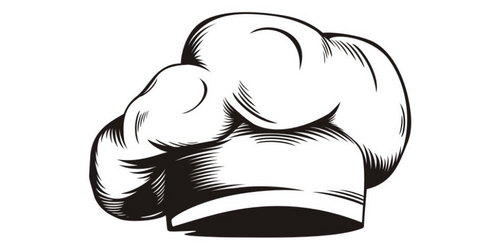



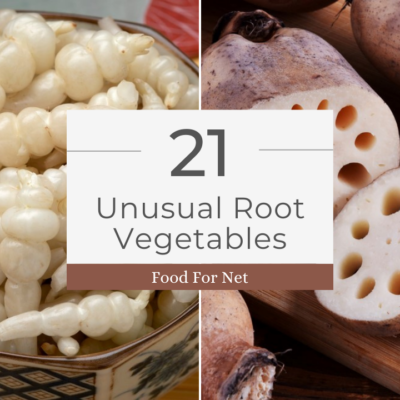

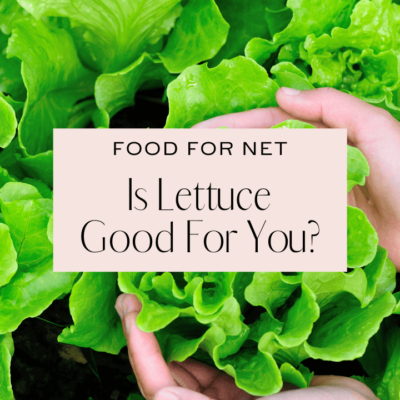
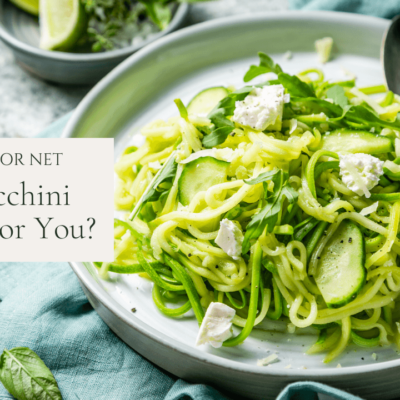
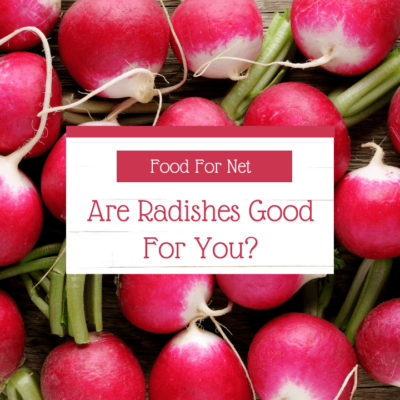



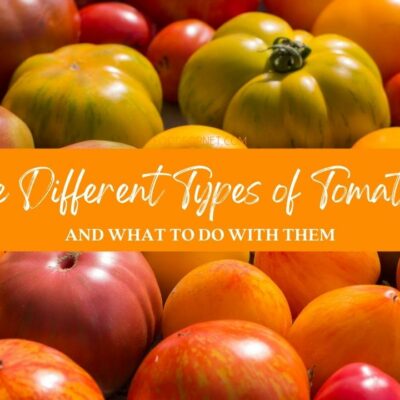
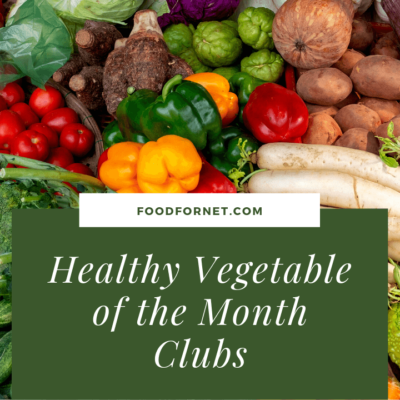
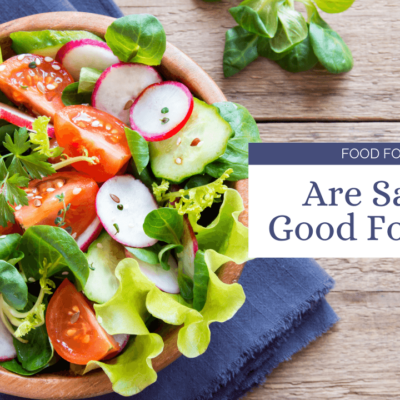


 How To Use Fresh Basil
How To Use Fresh Basil